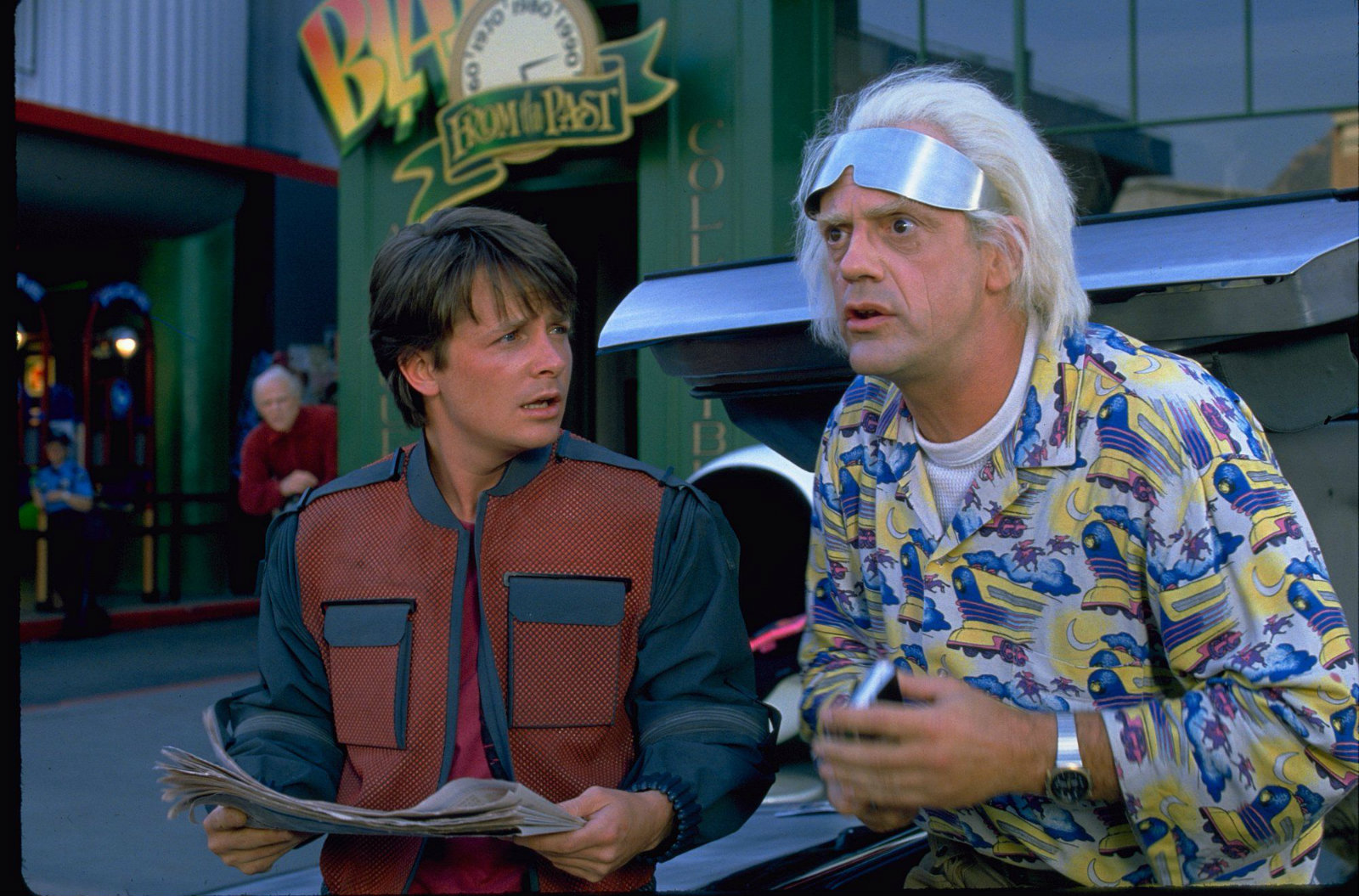Ideas about the 2020s have been a great source of creative inspiration for years

Ideas about the 2020s have been a great source of creative inspiration for years: The 2020s captured the imagination of writers and filmmakers before the end of the 19th century, with sci-fi novels such as A Journey in Other Worlds (1894) and Looking Backward (1888) imagining giant utopian states, space travel as a regular means of transportation and the adjustment of Earth’s axial tilt. More recent iconic depictions of the era include a post-apocalyptic 2029 in the Terminator (1984), an equally dystopian 2019 in Blade Runner (1982), and a comically outlandish 2015 in Back to the Future Part II.
A lot of these depictions are dark and dystopian: The 1987 adaptation of Stephen King’s The Running Man imagines a global economic collapse that resulted in the US becoming a totalitarian police state where all cultural activity is censored. 1975’s Rollerball paints the world as a corporate dictatorship, where surveillance by huge conglomerates is commonplace and computers have primacy. And in the Japanese manga series Akira, set in 2019, civil unrest, corruption and gang violence are endemic.
Sci-fi (and imagined, post-apocalyptic futures) often represents our most pressing cultural anxieties. Rather than being predictions of future doom, they are metaphorical responses to the social, political and economic pre-occupations of the day, argues film professor J. P. Telotte in the New York Times. And engaging with stories that tackle (however obliquely) what we most fear can be a good way of processing these anxieties, studies say.